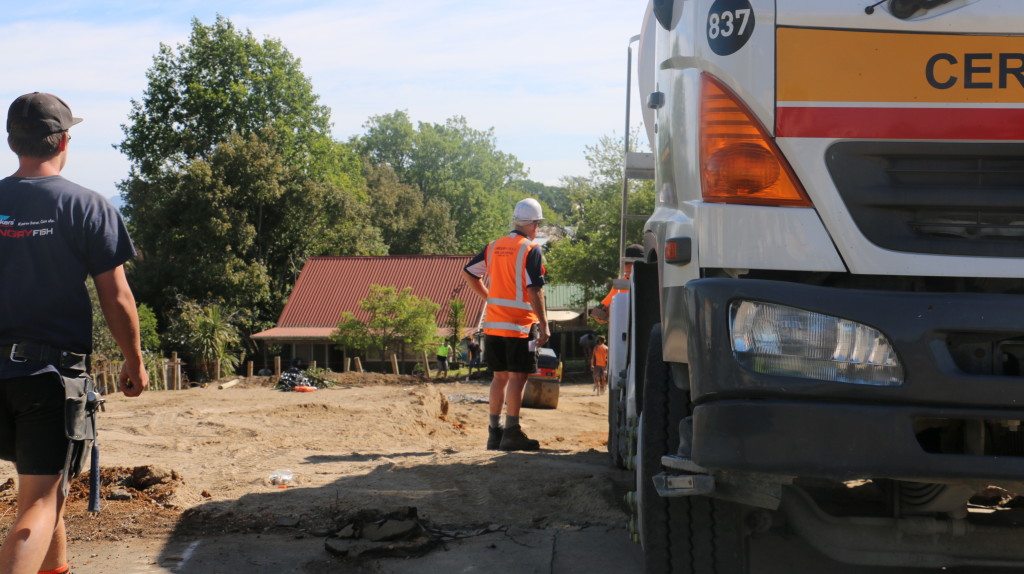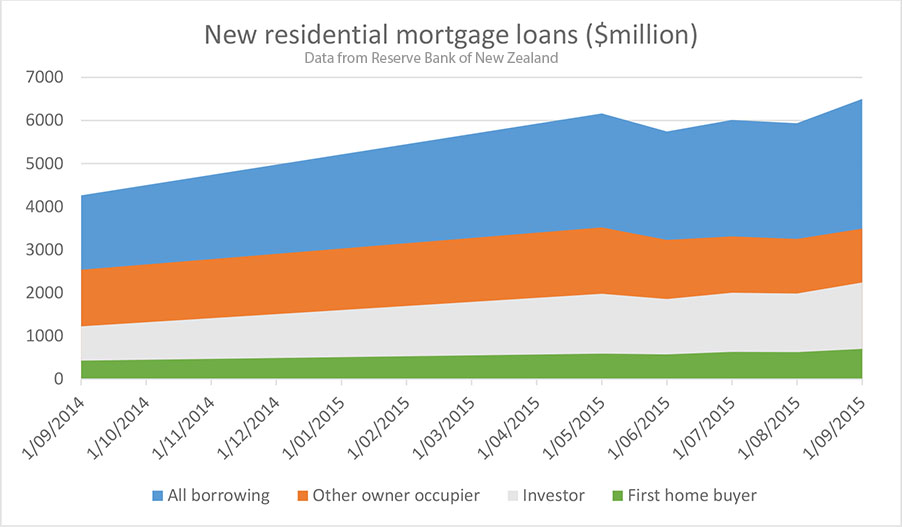Reserve Bank eyes up Auckland’s halo
The Reserve Bank is closely monitoring house prices – particularly in Hamilton and Tauranga

The Reserve Bank is keeping a wary eye on the housing market as demand from Auckland overflows into surrounding regions.
The government has taken several steps to try and curb the rapid rise of Auckland’s house prices. These include the ‘Bright-Line’ test to encourage investors to hold on to houses for at least two years, and requiring at least a 30 percent deposit for Auckland buyers since November 1.
But the demand for property is still there, and buyers are starting to look outside of Auckland. The Waikato, Bay of Plenty and Northland are all experiencing a housing boom as they’re caught within Auckland’s ‘halo effect.‘ The Bank is closely monitoring house prices in Hamilton and Tauranga in particular, ready to apply the brakes if things get too out of hand.
This housing boom was noted as a risk according to the Bank’s November Financial Stability Report released this Wednesday.
Reserve Bank Governor Graeme Wheeler said Auckland’s house-price-to-income ratios were now up there with the most expensive cities in the world. A major driver behind the sky-rocketing prices has been the rising number of investors entering the property market.
Reserve Bank figures show 6,500 new mortgages were taken out in September and property investors made up 34 percent of those borrowers. At the same time last year investors accounted for 29 percent of mortgages.
The Bright-line test policy was design to help ease back on that trend.
Wheeler said international evidence suggested investor loans are more likely to default in the event of a major downturn in the housing market.
“A sharp downturn could challenge [New Zealand’s] financial stability, given the large exposure of the banking system to the Auckland housing market. While it is still too early to judge the effect of recent policy changes, they are expected to help moderate pressure on Auckland house prices, and will improve the resilience of bank balance sheets to a housing downturn.”

Real Estate Institute of New Zealand communications manager Tayrn Welsh expected the halo effect would continue for the foreseeable future. High prices were already driving buyers into Auckland’s neighbours, and the new restrictions would make those areas look even more attractive.
Recent Statistics New Zealand information showed 320 building permits given for new houses in the Waikato in September, double the number approved the same time last year. This was the biggest increase in the country, the Bay of Plenty and Northland had the third and forth highest growth.
Welsh said Waikato real estate agencies were seeing a lot more activity on weekends as refugees from Auckland’s housing market searched for more affordable properties.
“That’s had quite a big impact, but there’s also a lot of first home buyers in the Waikato as well. With interest rates being so low many see it as a great opportunity to enter the market.”
Mortgage rates are the lowest they’ve been in 30 years, and over the year sub-five percent interest rates have become the norm.
Landmark Homes Waikato’s owner Will Quigley said his work load had picked up considerably. Most of that work has been on the north side of Hamilton, the places with the shortest commute to Auckland, but customers are not all Aucklanders.
“There’s a mixture, and there’s still a lot of locals in that mix but obviously there’s a lot of people coming down from Auckland as well. There’s also a lot of people coming back from overseas, mostly from Australia, as well,” he said.




